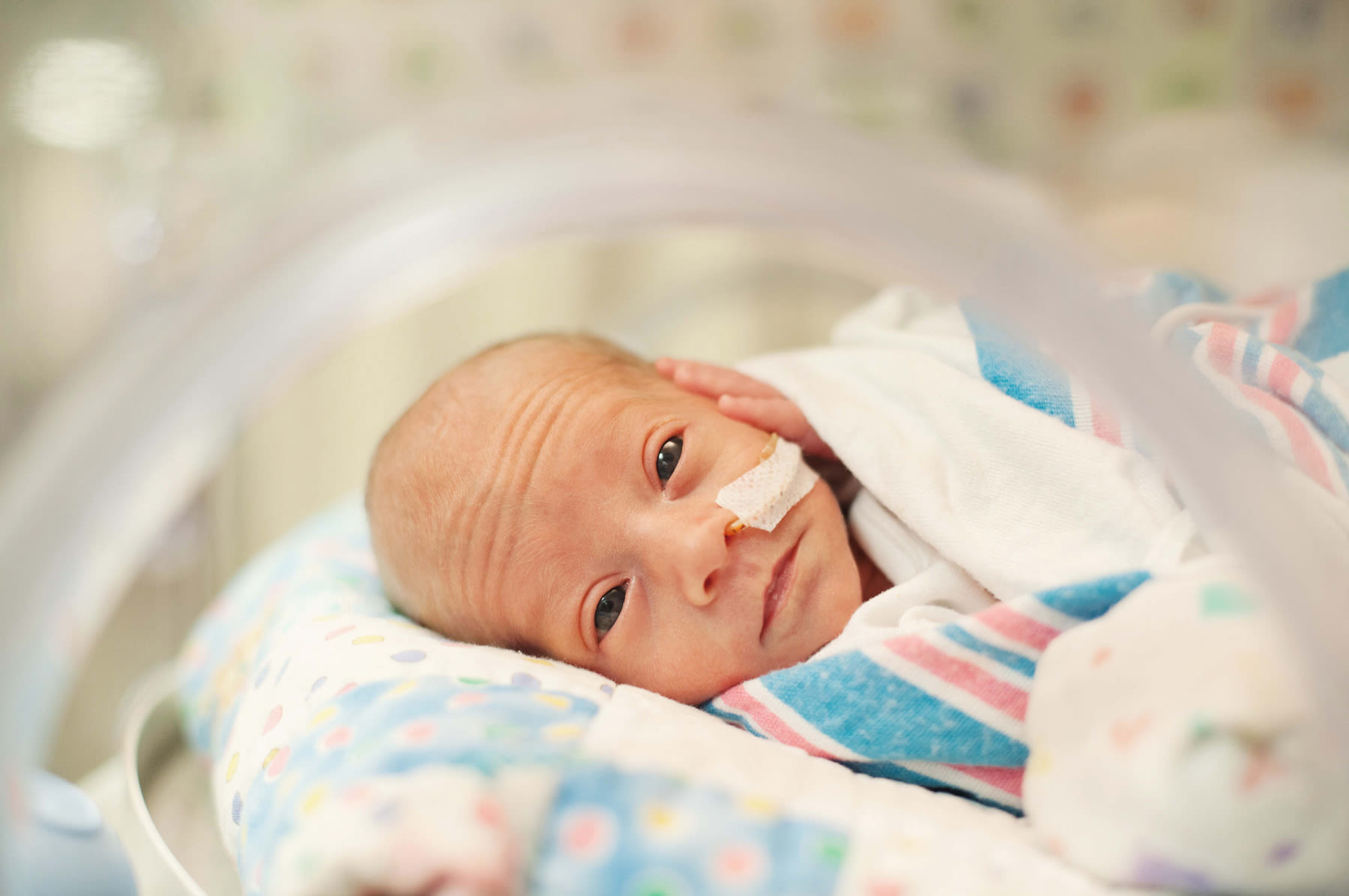Quadruplets Born at Sarasota Memorial Hospital are Thriving
Amanda and Kyle Corcoran welcomed not one, but four, babies into the world on March 28.
Lila, Preston, Harrison and Jackson Corcoran were delivered via Caesarean section at Sarasota Memorial Hospital. The children ranged from two to just over three pounds and born just minutes apart, between 7:59 a.m. and 8:01 a.m. Most quadruplets are delivered around 30 weeks; Amanda made it to 31 before her water broke.
And though she admits she was nervous about giving birth, "it’s been incredible having the four of them in such good hands,” she says. “We’ve had a tremendous team helping us every step of the way. It made the transition from being pregnant to being parents an easy one.”
That team is Sarasota Memorial's neonatal experts, nicknamed the "Quad Squad." It included Amanda’s obstetrician Michael Shroder, M.D., and his partner Greg Towsley, M.D., both from Sarasota Memorial’s First Physician’s Group; Sarasota Memorial’s maternal-fetal medicine specialists Felice Baron, M.D., and Stephanie Hedstrom, M.D.; a team of neonatologists, neonatal nurses and nurse practitioner from the NICU; labor and delivery nurses; an anesthesiologist and nurse anesthetist; respiratory therapists; and surgical scrub and multi-skilled technologists. Sarasota Memorial Hospital has delivered five sets of quadruplets over the past 20 years.
Dr. Shroder himself has delivered three sets at Sarasota Memorial and a fourth in his 36-year career, but says the Corcorans were his first set of naturally conceived quads--an occurence that happens about once in every 800,000 births. The Corcoran babies will remain in the NICU for at least the next few weeks as they continue to grow and reach developmental milestones; SMH predicts they'll be released on different days close to their original due date of May 29.
Meanwhile, Amanda and Kyle are taking it one day at a time and enjoying the hazy glow of new parenthood--changing diapers, taking temperatures, feeding and bathing their babies. (They're also, unlike most other new parents, monitoring feeding tubes and vital signs, and sometimes even rotating the position of the babies' pulse-oxygen monitors.)
“We still don’t know what to expect; we’re at that stage where we don’t know what we don’t know,” Amanda says. “But we’re looking forward to the day when we’ll be able to see all four of them sleeping together in our own home. We don’t know what’s it like just to have one, so our normal is four babies.”





